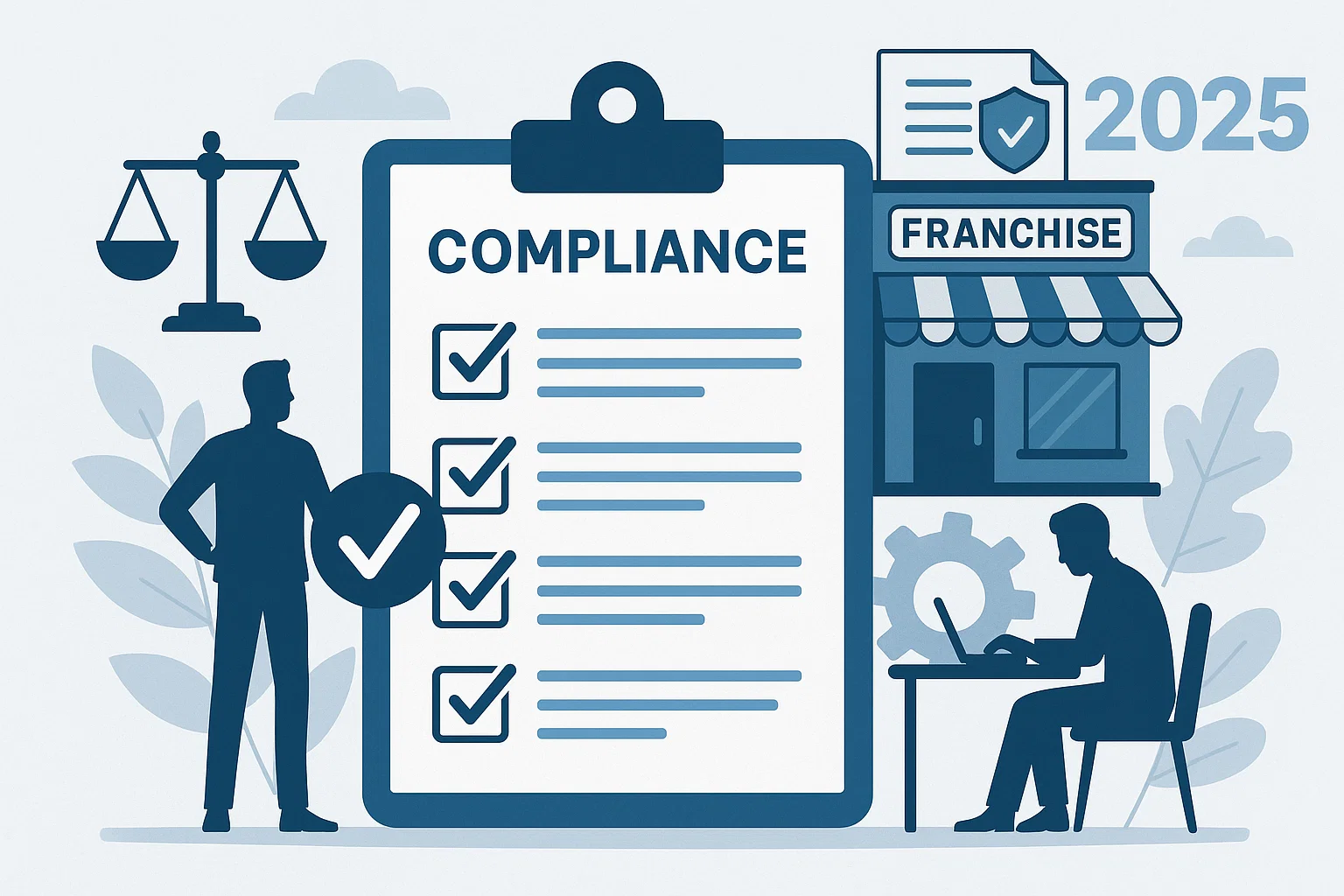A franchise system that leverages the power of multi-unit operators is not only scaling faster. It is building resilience. When franchisors attract and empower these high-capacity partners, they unlock consistent performance, access to capital, and a brand story that convinces both investors and ambitious operators that this is the place for long-term returns.
WHY MULTI-UNIT FRANCHISEES HOLD THE KEY TO FUTURE GROWTH: TRENDS, ADVANTAGES, AND WHAT FRANCHISORS MUST DO
By FMM Contributor
Growth in franchising is shifting shape. Single-unit owners still matter, but multi-unit operators are proving to be the engines of scale, consistency, and investment. For franchisors aiming for future growth, understanding this trend and positioning your brand to win multi-unit partners is not optional. It is essential.
The Rise of Multi-Unit Franchisees and the Private Equity Signal
Over recent years, private equity groups have increasingly invested in multi-unit franchisees. These operators offer a portfolio of stores, existing leadership teams, and the ability to scale more predictably. Investors see less risk when backing someone who already runs multiple locations with proven processes. Deals involving large multi-site franchisees enable faster expansion, smoother operations, and better leverage of shared costs than attempting to scale via single-unit sales alone.
At the same time, data shows that a large share of new franchise units are now opened by existing franchisees. Those who already know the system, understand its constraints and performance under stress, tend to deliver higher consistency. The outcome: a brand with stronger unit economics and fewer surprises.
What Advantages Franchisors Gain by Attracting Multi-Unit Operators
- Economies of Scale and Cost Efficiencies
When units multiply, many fixed costs spread out. Supply chain costs go down. Purchasing power amplifies. Shared services such as accounting, HR, and marketing become more efficient. - Operational Consistency and Reduced Risk
Multi-unit franchisees usually have refined processes in place. They are less likely to deviate from brand standards. They tend to uphold quality and customer service because their reputation and return depend on it. This reduces risk for the franchisor. - Faster Market Penetration and Stronger Brand Reach
A multi-unit operator can open multiple locations more rapidly than many single-unit deals aggregated. This means faster saturation of territories, more visibility, and faster brand awareness growth. - Attractiveness to Investors and Better Capital Access
Investors, including private equity firms, prefer scale. Multi-unit franchisees command higher valuations. They can negotiate better financing terms and attract stronger interest. - Stronger Leadership Structures and Knowledge Transfer
With multiple units, franchisors and franchisees alike build leadership at levels above the storefront. Sharing best practices becomes more natural. Coaching systems, mentoring, and regional leadership all become viable.
How Franchisors Should Position Their Brand for High-Value Multi-Unit Candidates
- Prove operational stability and performance
Multi-unit prospects will dig deep. They want to see consistent success across varied markets. They want to know that the brand has good documentation, reliable support, and proven unit metrics. - Demonstrate growth-ready infrastructure
If you are seeking multi-unit partners, you must already have scalable systems. That means robust supply chain, corporate functions that can support multiple units, and strong marketing operations, training, and field support. - Adapt development and discovery processes
Multi-unit candidates expect different treatment. They require more information, more access, and more transparency. They will scrutinize closures, sales data, litigation history, and validation with current multi-unit franchisees. - Offer exceptional support and shared service efficiencies
Be ready to provide shared services or at least help facilitate them. Multi-unit operators want efficiencies of scale, consistency, and smoother execution. - Lead with vision and shared values
Multi-unit franchisees are often high-performing businesspeople who care about brand culture, mission, and long-term growth, not just immediate ROI. Franchisors should articulate a clear vision, show a roadmap for innovation, and share leadership philosophy.
Current Trends to Know
- In 2025, more than 12 percent of active U.S. franchise brands have some level of private equity ownership or backing, including younger emerging brands.
- The 2025 Franchising Economic Outlook projects the number of franchise establishments to grow by 2.5 percent, adding more than 20,000 units and pushing the total past 850,000.
- Multi-unit operators now represent a clear majority of franchise locations. Roughly 42,500 owners control about 243,000 franchised units, which equals more than 56 percent of the total.
- First-time franchisees are increasingly entering with multi-unit or multi-territory ambitions rather than starting small. They act more like CEOs, building teams and infrastructure from day one.
- Franchisors are raising budgets. Nearly 60 percent of brands plan to increase spending on franchise development in 2025, with an average goal of adding 45 new units.
- High-growth sectors attracting private equity include quick-service restaurants, health and wellness, home services, and senior care. These categories are viewed as scalable, less volatile, and often include a recurring revenue model
Actionable Steps Franchisors Can Take
- Audit and Upgrade Existing Systems
Ensure your supply chain, training, support, reporting, and marketing are robust. - Segment Your Franchise Development Pipeline
Treat multi-unit candidates differently. Build profiles for them. Offer advanced disclosure, deeper validation, and early access to leadership. - Feature Current Multi-Unit Franchisees in Your Validation Process
Allow prospects to speak with those already running multiple units. Let them share real experiences. - Tailor Agreements to Reflect Scale
Consider tiered royalty or fee structures, support levels, territory rights, and timing of unit openings. - Develop Shared Services or Centralized Support for Operators
Help operators access efficiencies in staffing, purchasing, and operations. - Communicate Vision and Culture Consistently
From discovery day through sales validation, let your brand’s values and long-term growth trajectory shine.
What’s at Stake If You Do Not Act
If you do not adapt to attract multi-unit franchisees, growth will likely be slower. Prospects may ignore you in favor of brands that show readiness. Scaling can become more expensive, inconsistent, and risky. Investors may bypass your brand. You may lose not just revenue or units but long-term stability, culture, and reputation.
Sources and Websites Used
- FMS Franchise – Multi-Unit Franchise Growth Strategies That Work
- Franchising.com – Private Equity Meeting Multi-Unit Franchisees
- Global Franchise – Characteristics of Successful Multi-Unit Owners
- Curious Jane – Attracting Multi-Unit Franchisees Can Fuel Exponential Growth
- Franchise Business Review – Pros and Cons of Multi-Unit Franchise Ownership
- International Franchise Association – Attracting Multi-Unit Franchisees in the Post-Pandemic Era
- American Franchise Academy – Why Franchisors Want Multi-Unit Franchisees
- Franchise Update Media – Growing Influence of Multi-Unit and Multi-Brand Franchisees
- Boxwood Partners – Outlook of Franchising in M&A Activity for 2025
- Franchise Magazine USA – Top 2025 Trends Redefining Business Ownership
- Franchise.org – 2025 Franchising Economic Outlook
This article was researched, outlined and edited with the support of A.I.











